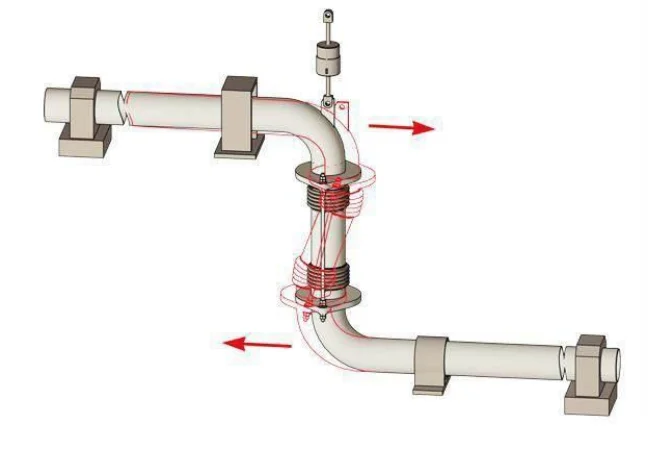Definition of an Expansion Board
Principal function: Contain fluid with a pressure other than atmospheric.
Main advantage: The flexibility in the axial direction.

FUELLE
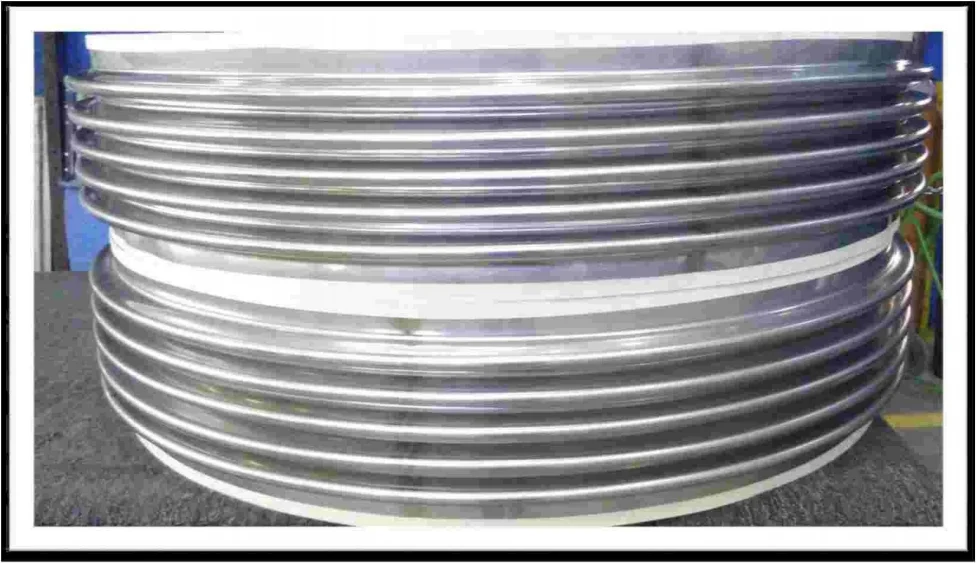
Geometry of an Expansion Board
EXTREME (CONNECTIONS)
BRIDAS
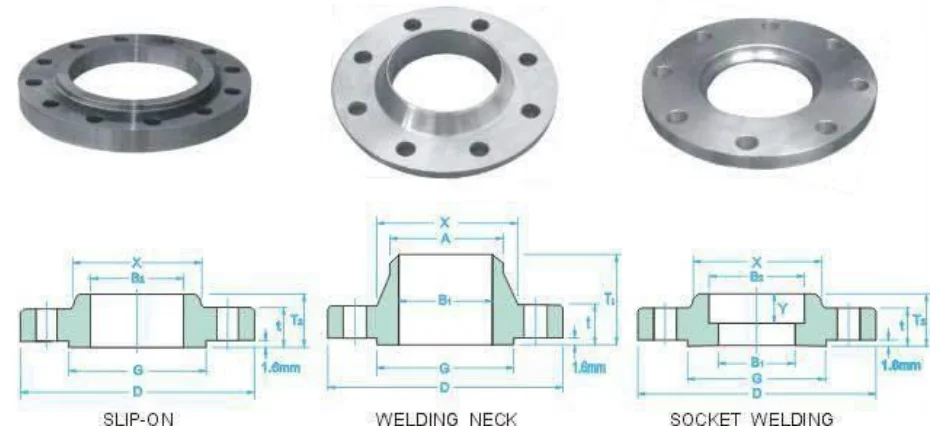
Geometry of an Expansion Board
Flanges
Geometry of an Expansion Board
EXTREME (CONNECTIONS)
WELDED EXTREMES
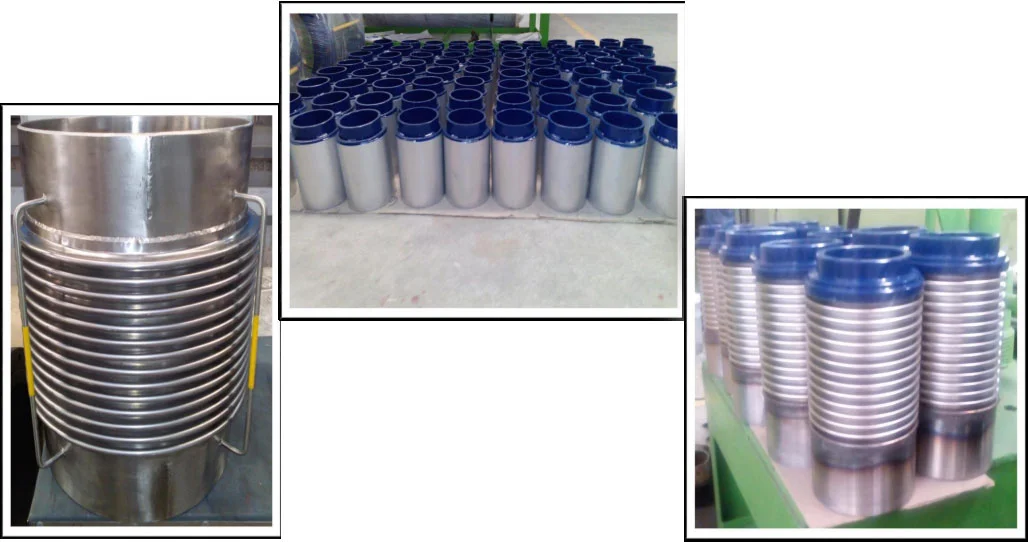
Geometry of an Expansion Board
EXTREMOS (CONNECTIONS) FITTINGS
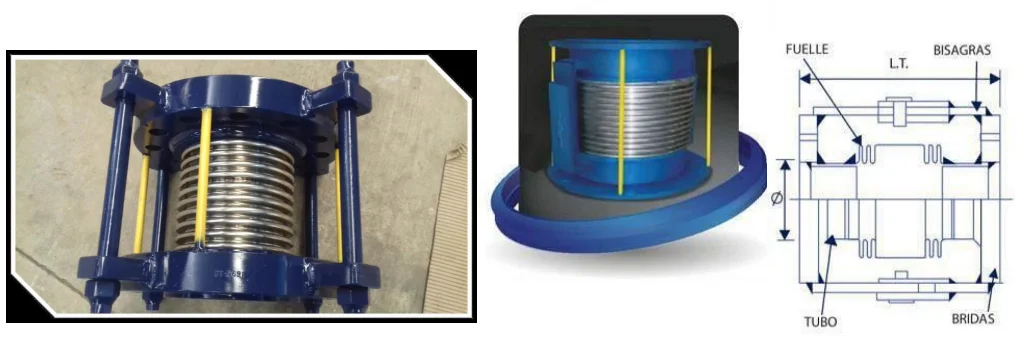
Considerations for the application of an Expansion Board
FLUID PRESSURE AND SPEED
It is necessary to know the effect of pressure and fluid velocity in a pipe, to determine:
- The magnitude of the force that anchors must resist.
- Know the number of guides to use in a pipe system provided with one or several expansion joints.
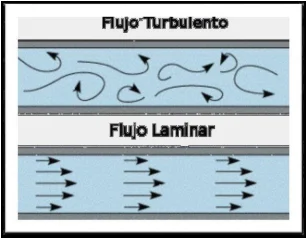

PRESSURE PUSHES (STATIC EFFECT)
FORCES BY CHANGE OF FLUID DIRECTION (DYNAMIC EFFECT)
FORCES BY FRICTION
Friction forces occur with or without pipe movement (when trying to move). The type of support used within a certain structure determines the coefficient of friction and based on this there are two types of supports:
- SLIDES: This type of supports is the most used for the simplicity of construction and despite producing large coefficients of friction, the problems due to high friction forces are not serious.
- BEARINGS OR ROLLERS: In these there is no friction between the support and the structure, but a bearing without sliding so it eliminates or greatly reduces the value of the forces by friction.
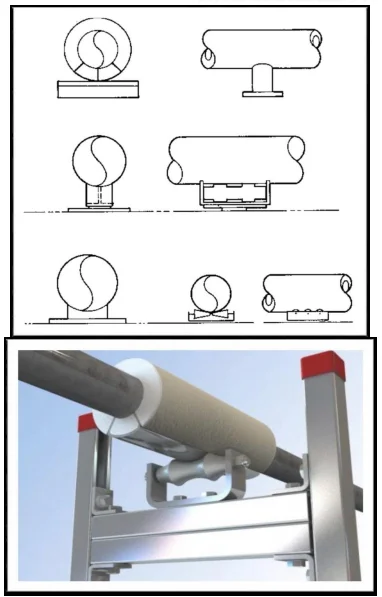
ANCHORS AND GUIDES
MAIN AND SECONDARY
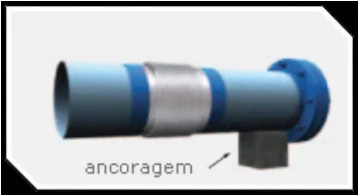
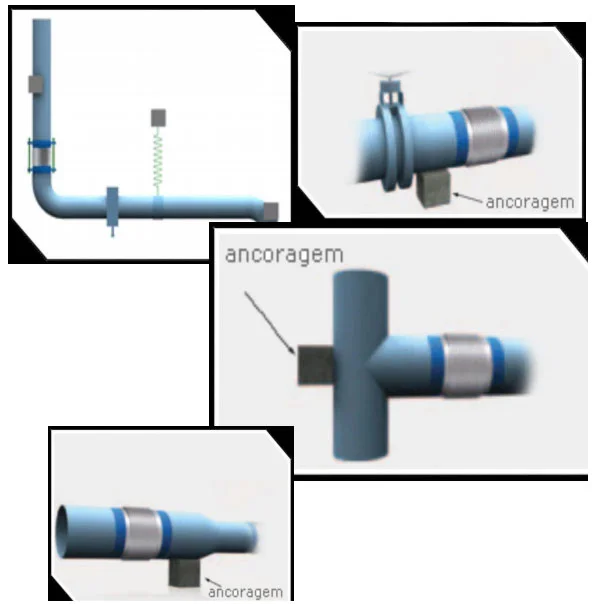
ANCHORS AND GUIDES
Alignment and flat guides
There are guides for general use to control the pipe system, which, while restricting movement in the two transverse axes, do not have the required adjustment for the use of simple expansion joints without straps to absorb axial movement, so they should not be used Examples are structural elements such as “T” or “I” joined to the pipe and restricted by angles or clamps. The types of guides suitable for the application of J.E. They may be:
- 3 or 4 rollers attached to a structure.
- 4 brackets attached to the pipe and restricted by a jacket or outer tube.
- 4 structural elements joined to the pipeline and restricted by a suitable cover.

ANCHORS AND GUIDES
Alignment and flat guides
The functions of the alignment guides when restricting lateral movements are: Orient the axial movement of the pipe towards the bellows, so that it absorbs the thermal expansion.
Prevent the bellows from loading the weight of the pipe. Fix the ends of the expansion joint and provide stability. Prevent buckling of the joint and pipe, or of the pipe.
Types of Expansion Joints
SIMPLE
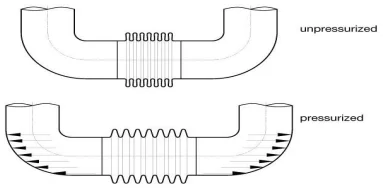
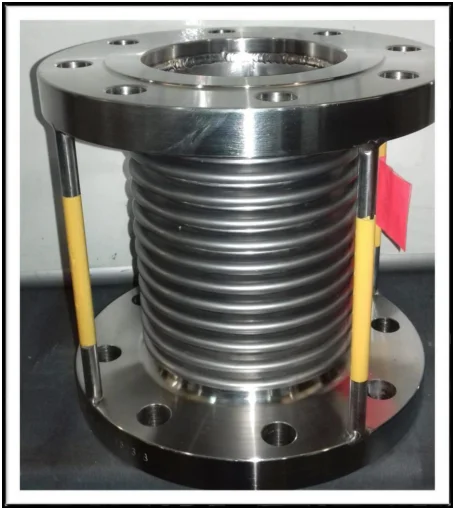
Types of Expansion Joints
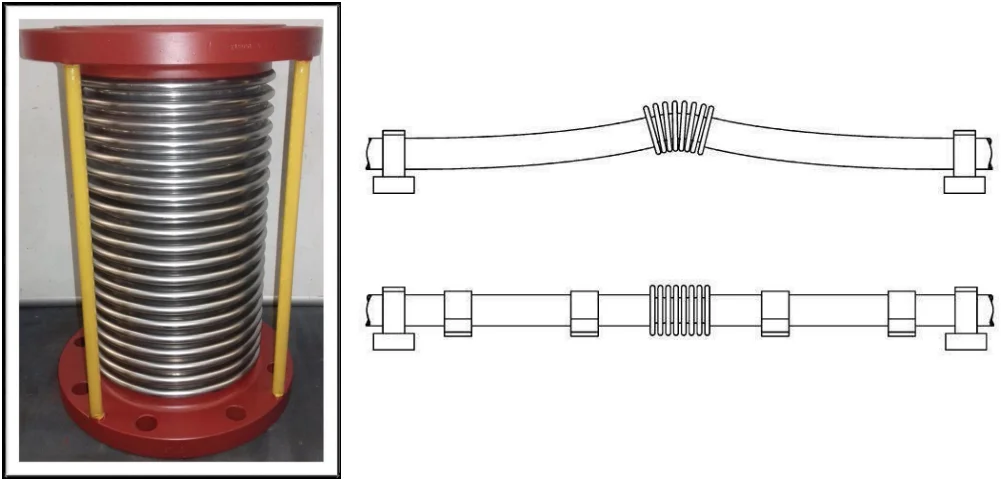
Types of Expansion Joints
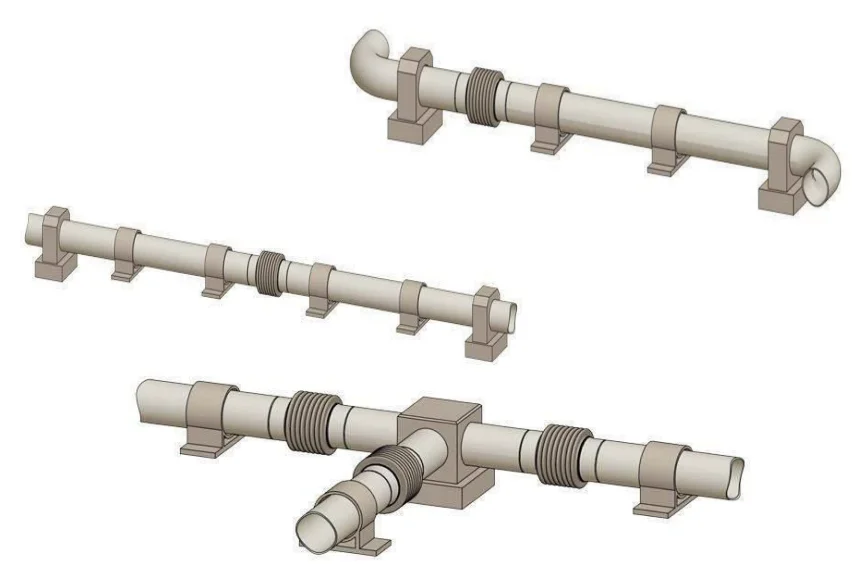
Types of Expansion Joints
SIMPLE WITH STRAPS
They resist the thrusts by pressure and therefore do not absorb axial movement. The movements that absorb these are lateral and the axial thermal expansion between the tension rods (tie rods).
The guides that are required are only to orient dilatations and control the pipe arrangement.
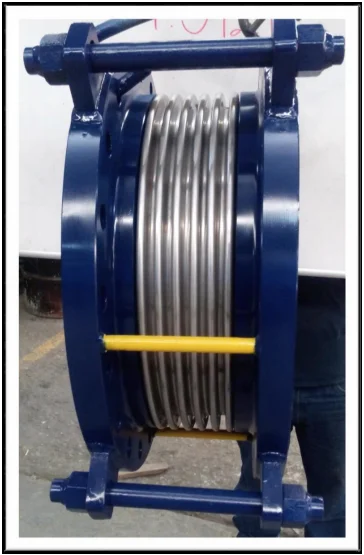
Types of Expansion Joints
SIMPLE WITH STRAPS
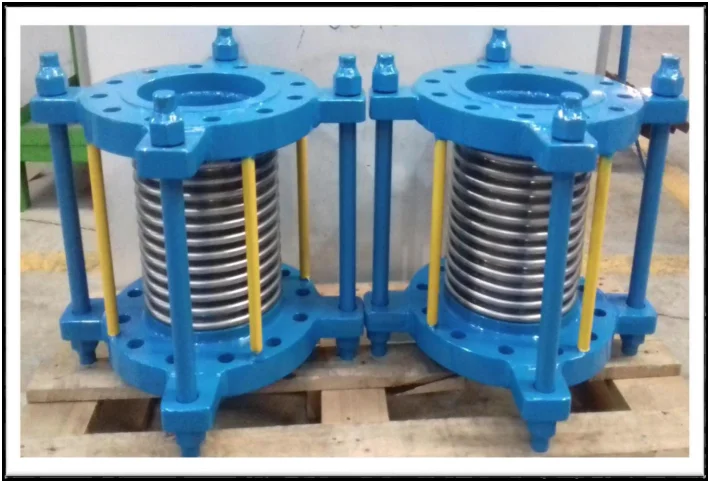
Types of Expansion Joints
SIMPLE WITH STRAPS
Typical applications:
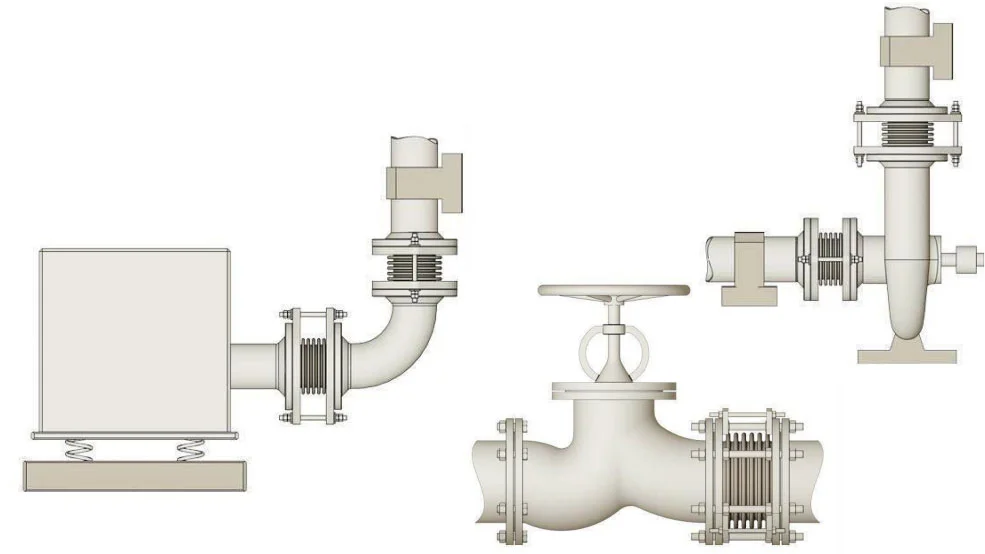
Types of Expansion Joints
UNIVERSAL
Types of Expansion Joints Absorbs large lateral movements and expansion Axial of the section between the tension rods (tie rods).
It is not advisable to use excessively long central tubes to absorb very large lateral movements, as there is a danger of leaving an unstable system.
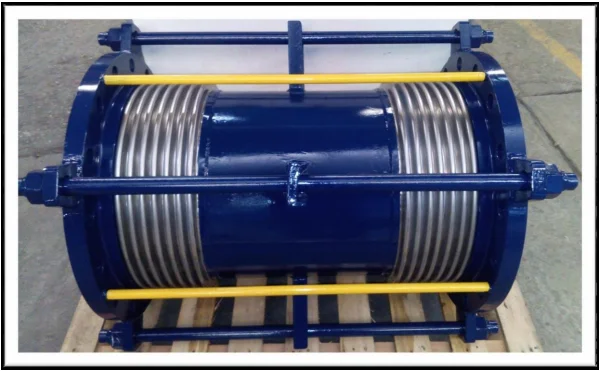
Types of Expansion Joints
HINGE
They absorb only angular movements in a plane and the articulated plates or hinges orient the movements and resist the thrusts by pressure.
They are always used in sets of two or three joints, in order to absorb large lateral movements, because in the same way as in universal joints, the greater the distance in which they are placed, the greater the lateral movement that they absorb.
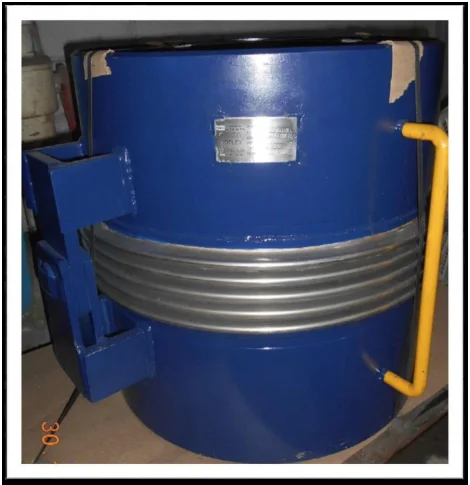
Types of Expansion Joints
UNIVERSAL
Typical applications:
